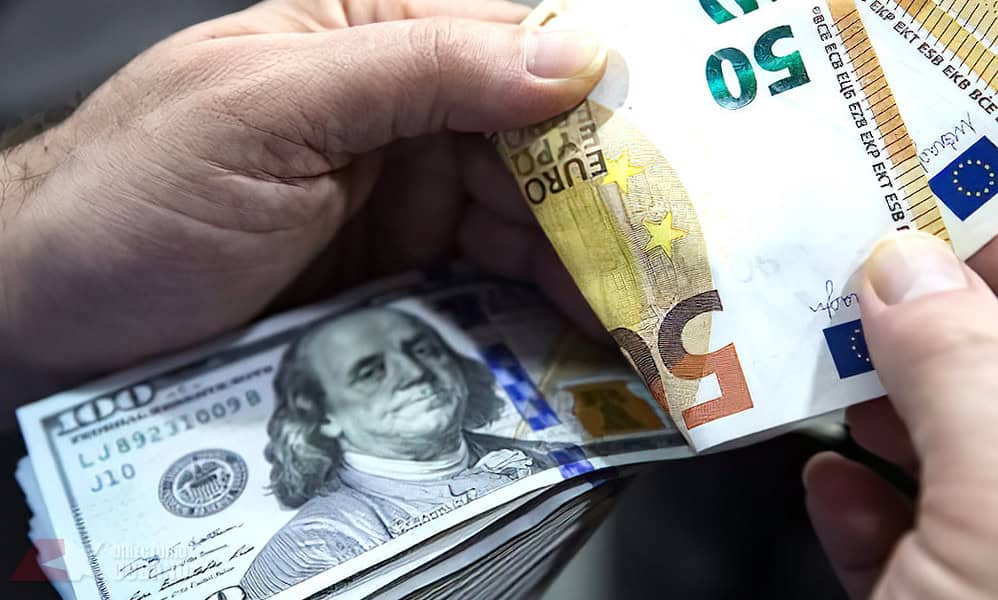Cubans resort to these options to obtain dollars and euros in cash.

Many Cubans are interested in ways to get dollars and euros in cash. How can they do this on the island?
The reality is that the value of these currencies on the informal market in Cuba continues to rise. In January 2024, the euro is trading above 270 Cuban pesos, while the US dollar is already close to this figure.
Additionally, the banking process implemented in Cuba increased the distrust of many in financial institutions and the fear of depositing both local and foreign currency for fear that they would not be able to access their money later.
In this scenario, most remittance platforms to Cuba provide online transfers, and beneficiaries can only access this financial assistance through virtual dollar cards (called MLC cards on the island), which only work in the country and have a much lower exchange rate.
As is known, the request to have money sent to Cuba from the United States via Western Union (WU) delivered to recipients in US dollars was not fulfilled. WU, the remittance giant, transfers currencies directly to the MLC accounts of Metropolitano, BPA and BANDEC banks.
RECEIVE DOLLARS AND EUROS IN CUBA
In this regard, WU’s partner in Cuba, ORBIT, advised Cubans that the only option for receiving cash was to “request it from the bank, subject to availability.” But we already know that this alternative is practically unviable. A few years later those who certificates of deposit They are still waiting for their foreign currency.
For all these reasons, many Cubans choose to continue sending money to the island through family and friends, although more people are making arrangements for all types of exchanges and transfers.
In Spain, for example, you can often find advertisements in Facebook groups where a fee is charged for transfers through Bizum or other arrangements are made, and euros in cash are delivered to beneficiaries in Cuba.
“I give dollars in Havana for euros in Spain, 1 to 1”; “I need 300 euros or the CUP rate here in Havana, I pay through Bizum”; “I buy Bizum for 200 euros at a price of 270 in Havana, I have recommendations,” are some of the latest publications of Cuban groups in Spain.
From the United States, since Cuban Americans make up the second largest group of visitors to the island, similar affairs are often carried out. The most common payment methods are Zelle or PayPal.
Those who live on the island often prefer to take risks by choosing more informal options in order to get currency into their hands faster and be able to control it.
